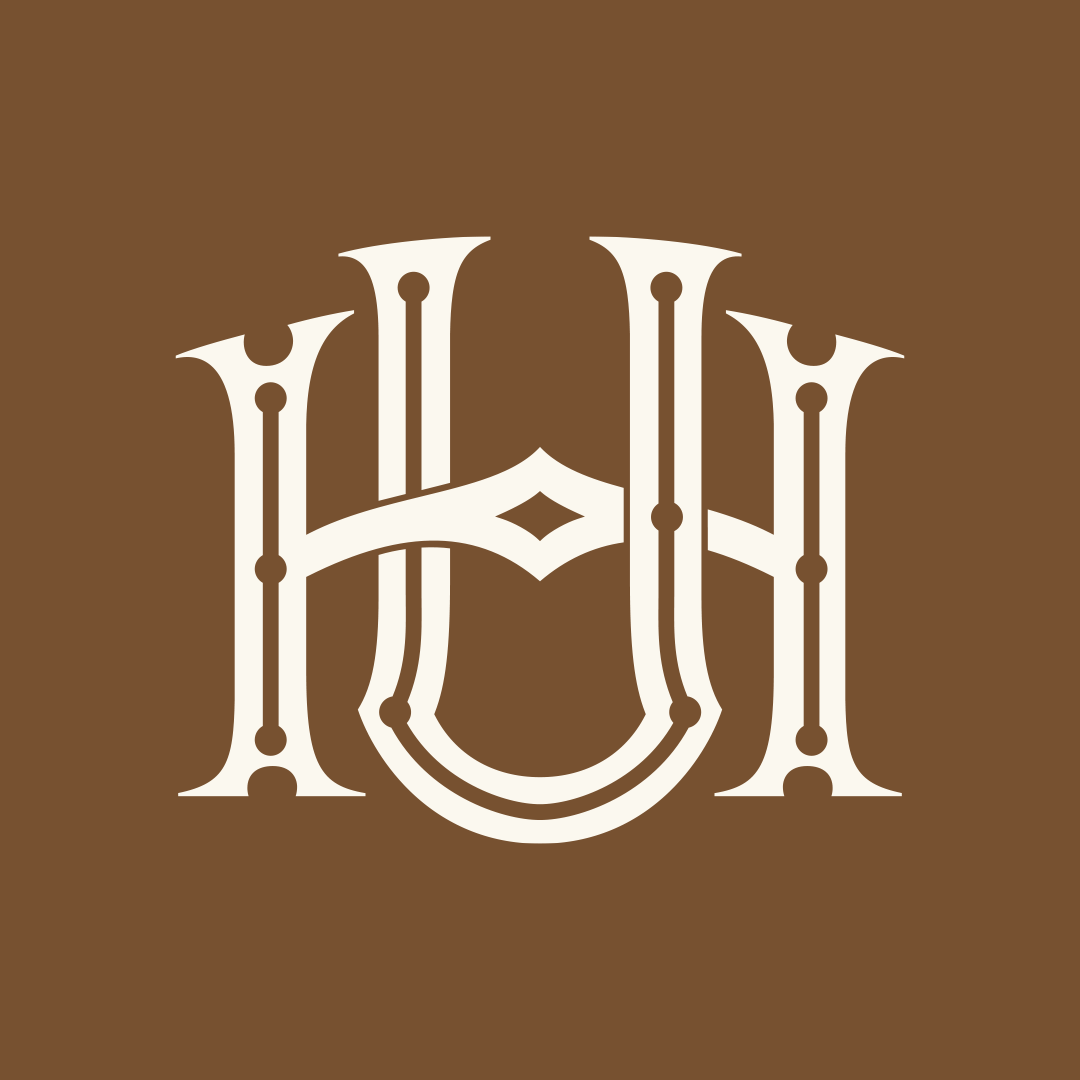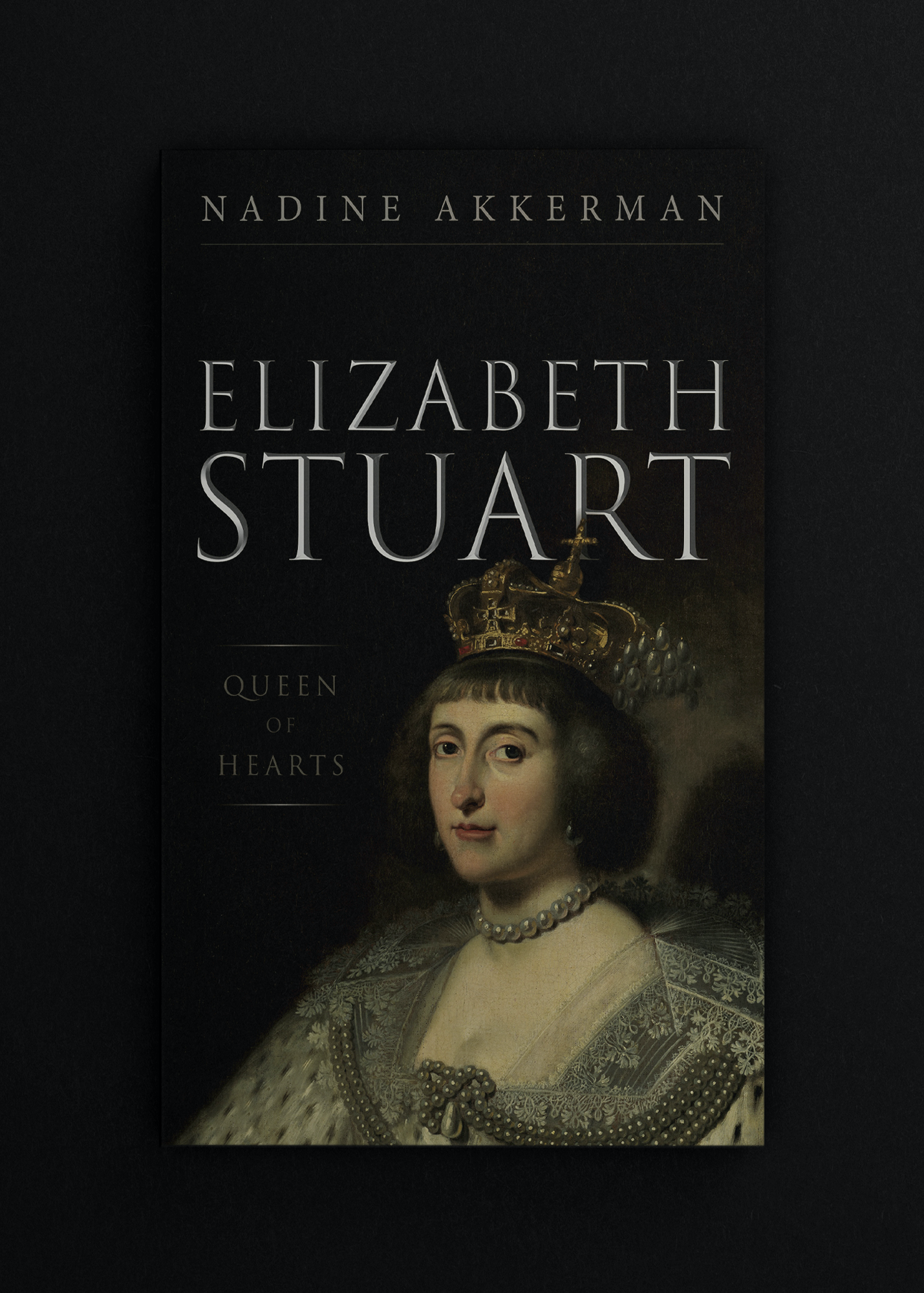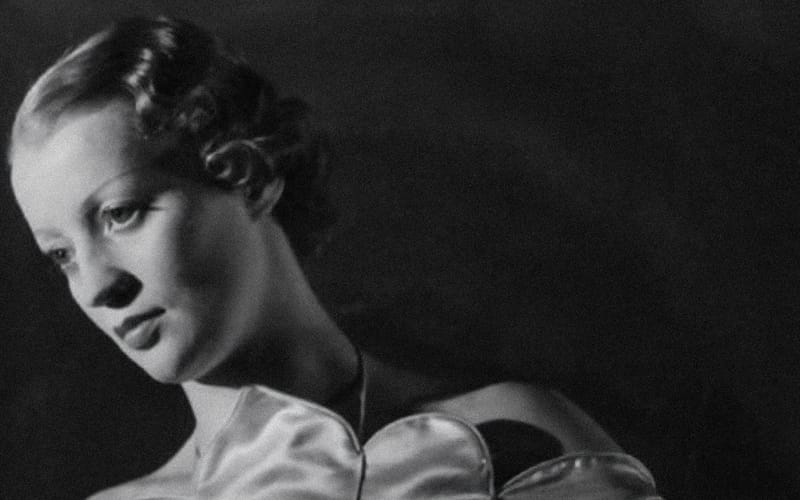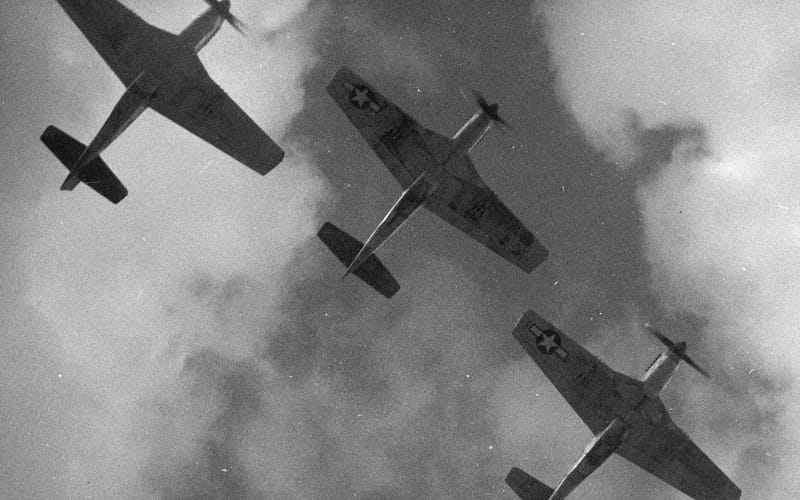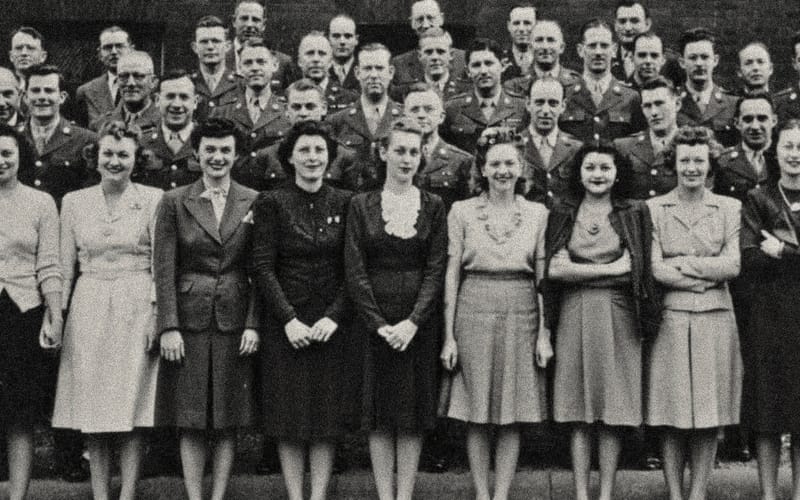Excerpt: Elizabeth Stuart, Queen of Hearts
The Battle of White Mountain and the Courage of a Queen
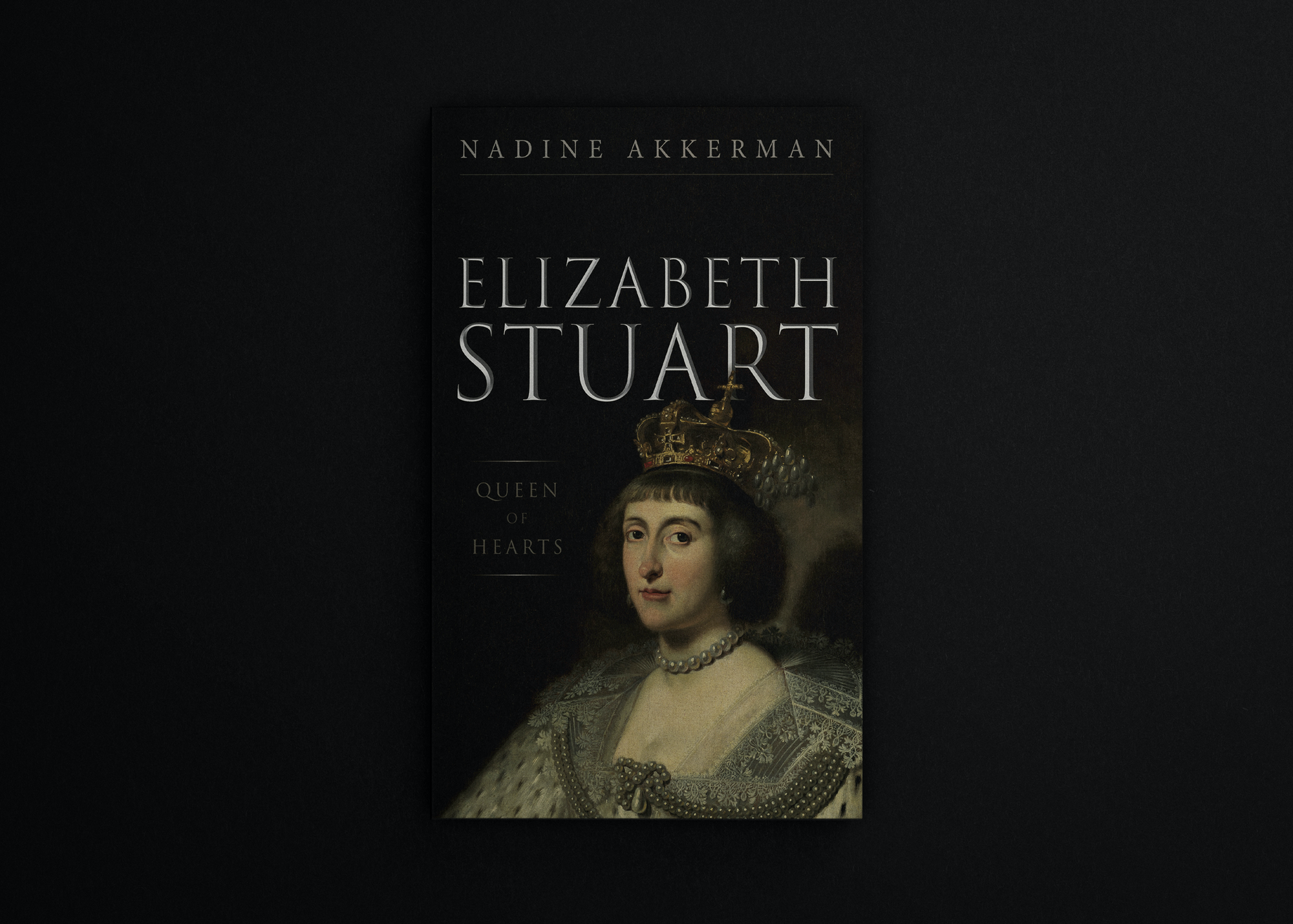
In a dazzling new biography of one of history’s most misunderstood queens, Nadine Akkerman presents an altogether different portrayal of the widely misrepresented and underestimated Elizabeth Stuart. Labelled a spendthrift more interested in the theatre and her pet monkeys, Akkerman paints a vivid picture of a queen forged in the white heat of European conflict.
With an exclusive foreword for Unseen Histories by Nadine Akkerman

On 8 November, 1620, Frederick V, Elector Palatine and King of Bohemia, sat down to lunch with his wife and queen, Elizabeth Stuart, daughter of James VI/I, in Prague. Though well aware that an Imperial army commanded by Maximilian of Bavaria and Count Tilly was in position a mere two miles from their table, they were confident that their own army, under the command of Anhalt and in position at White Mountain, was more than capable of preventing them from getting any closer. Indeed, Frederick and his advisors were confident that Bavaria had no more desire for battle than they.
That they found themselves in this position was the result of several years of political and religious oppression by the Catholic king of Bohemia and Holy Roman Emperor, Matthias, and open rebellion against him by the Protestant Estates, which Frederick had been happy to stir up. When Matthias died in 1619, his nephew Ferdinand had already been ruling alongside him in Bohemia for two years.

While Ferdinand waited to be elected Emperor, the Estates of Bohemia deposed him as king, offering the crown to Frederick in his stead. Frederick’s acceptance led the Imperial armies to his doorstep.
Frederick and Elizabeth only realised that the battle had taken place when the remnants of Anhalt’s troops began to arrive at the city walls. Frederick may have been over-confident, but he was no fool, and had made extensive preparations to protect his wife, their young son Rupert, and the as-yet unborn Maurice, from danger. The retreat from Prague was, however, most notable in that its most influential figure was no soldier, but its queen, Elizabeth. It would be some months, however, before the rest of Europe would learn of her fate.
— Nadine Akkerman
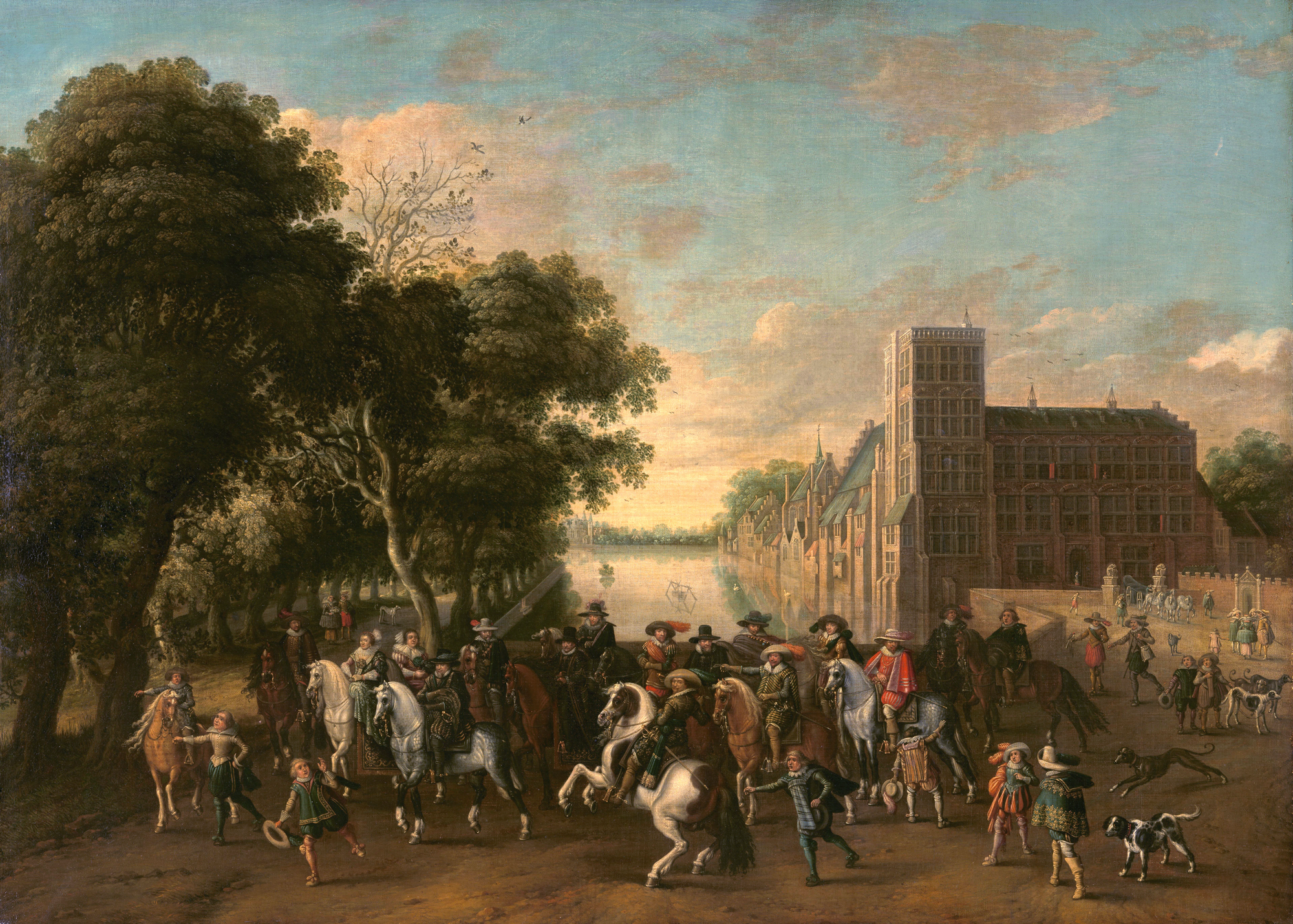

The Battle of White Mountain and the Courage of a Queen
An abridged excerpt from Elizabeth Stuart: The Queen of Hearts
Maximilian and Jean t’ Serclaes, leader of the Catholic League’s armies ( usually known by his later title, Count of Tilly), decided to maintain momentum and challenge Frederick before the weather put an end to all operations—soldiers were already freezing to death overnight.[1] While Anhalt had temporarily halted their advance at Rakonic, they had found a way around his blockade. Discovering this, Frederick’s commander raced back towards the capital, reaching White Mountain at midnight on 7 November, and made camp. The name ‘White Mountain’ is misleading, as it was neither particularly high nor rugged, the terrain instead uneven and sandy: ‘the peak of the mountain is a flat area, which gradually slopes down into a valley toward Prague.’[2] While the Imperial forces outnumbered Frederick’s by only two thousand men and two cannon, their morale was far higher, and Anhalt’s position was relatively weak. He may have occupied the ridge, notionally the strongest position on the field, but his infantry refused to dig themselves in, as they were tired and felt digging was for peasants. His light cavalry were positioned either at the rear or to the right, where they were of little use, and most of his artillery was yet to arrive. The Imperial forces were also tired, and opinions were divided on whether to engage Anhalt or to slip past him to Prague. It was at this point that one of the priests accompanying the Imperial armies, Domenico à Jesu Maria, appeared clasping an icon of the Madonna whose eyes had been poked out by Calvinists, stating that he had just found it. This ‘outrage’ was enough to tip the scales in favour of conflict.
Frederick and Elizabeth were full of confidence:
His Majesty coming to Court on the Saturday at 3 of the clock, with a countenance of glee told his Queene, that the Enimie was come within 2 Dutch miles of the Citty […] but his Army of 28000 was betwixt them & it. That night we slept secure as free from doubt, as we supposed ourselves quit from danger. On the Sunday the Lords dined [lunched] at Court, with whom the Queene had taken resolution to go into the Armie: But while we were at our cuppes [drinking], the Enimie was upon a march towards us.[3]
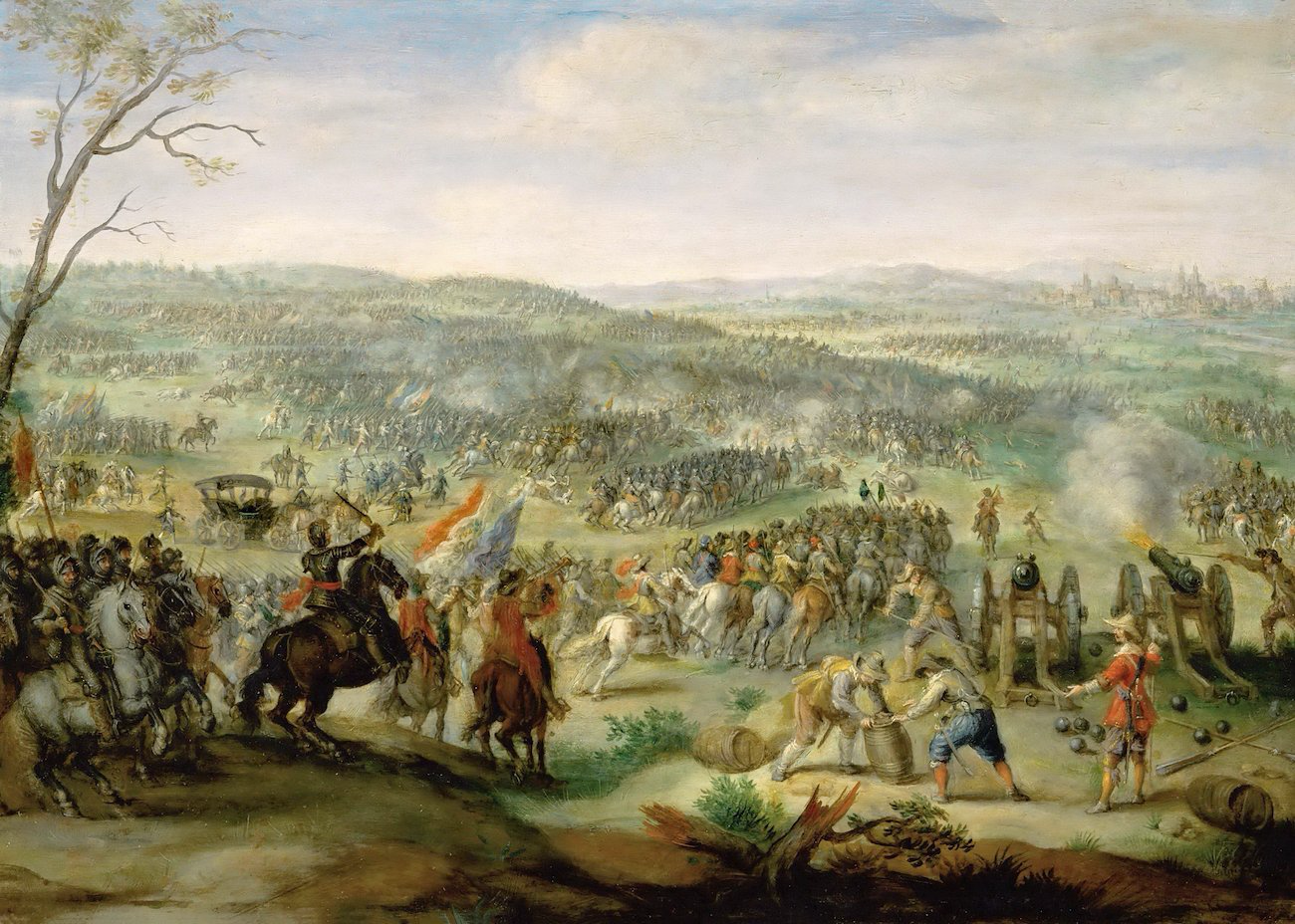
Frederick had already invited James’s mediators Conway and Weston to join him in Prague that evening, from which they had concluded that ‘both the Armies were after to decline, then give a battell’.[4] Their confidence was misplaced, and, at a quarter past twelve on 8 November 1620, the Battle of White Mountain began. It was effectively over within the hour. Thurn’s regiment crumpled first, fleeing as soon as they saw their horse disengage from the enemy flanks. Anhalt’s son was captured after the brave counter-attack he had launched with his cavalry was repulsed by the Imperial forces, and the sight of his horsemen in retreat led the Bohemians and the Hungarians to flee the battlefield, closely followed by the Moravians.[5] It was barely 1.30 p.m. Frederick and Elizabeth were still taking lunch when the remains of their shattered army began to reach Prague.
Though both sides suffered similar casualties, around six hundred men, the battle was in many ways a rout. Frederick lost another thousand or so in the retreat, with another 1,200 wounded, but the chaotic retreat broke the already flagging morale of the Protestant forces, and the fate of Prague was sealed. Two hours after receiving news of the battle, Frederick summoned Conway and Weston, who, after ‘pressing thorough a confused multitude’, found him ‘in a principall Citizens house accompanied with his blessed undaunted Lady & all the Chiefs of his Army, & Councell’.[6] The house was in the old town, which was separated from the castle, and thus from the oncoming enemy, by the River Vltava. Well aware that negotiations were futile, Frederick and Anhalt suggested the ambassadors write to Maximilian and Bucquoy in an attempt to buy time, and a trumpeter was sent with letters that very evening. Elizabeth was an important talisman for the Protestant forces, and ‘time was to be wonne for the better fashioning & assuringe the blessed Ladyes retraite’. Receiving no answer that evening, they wrote again, but, when 9 a.m. had passed without a response, the decision was made ‘the Queene sholde retire with a strong guard of horse’ while Frederick remained with his commanders to defend the town.[7]
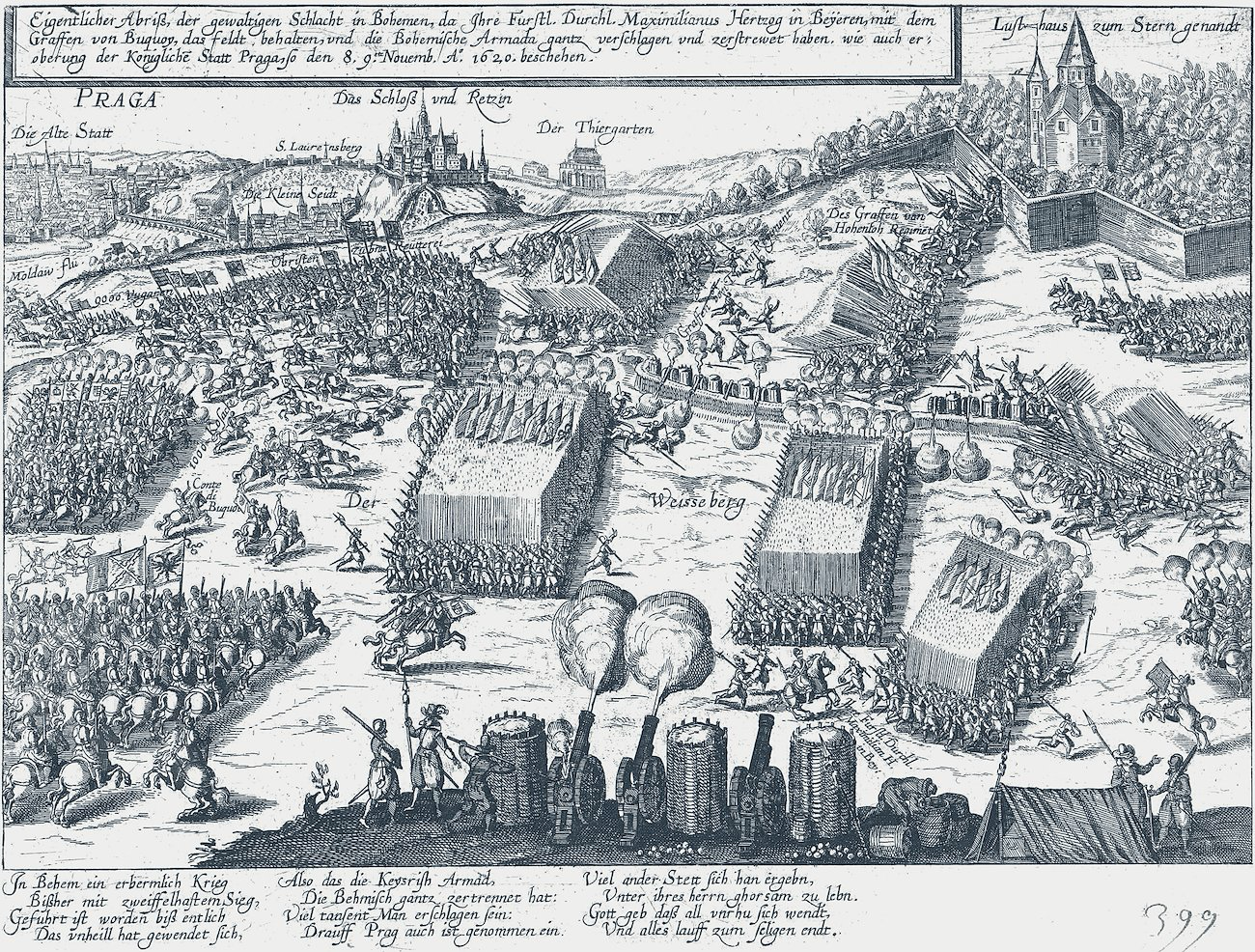
The idea of Frederick staying behind to defend Prague ‘lasted but a breath’, and, as soon as ‘all things [were] prepared for the Lady & the youngest Sonne’, baby Rupert, it was decided that Frederick and other remaining army leaders should leave the city with them. While the city was well fortified, Elizabeth’s presence had rendered ‘the people much more willing, and carefull to make some entrenchments, and keepe good gardes, that her Majesty may be encouraged to remaine here, as […] they do extremely desire’.[8] Without their queen present, Prague’s will to resist collapsed along with the defences, and, much to Maximilian’s surprise, the city surrendered. And so the exodus began, with much of the remaining cavalry acting as a guard for the ‘longe traine of the houshold, & baggage of the Courte’. The Stuart ambassadors, fearful of the city’s ‘ungoverned multitude […] founde duty & counsaile to be with the person of [their] Majesty’s daughter, until shee was in some condition of safety’.[9]
Frederick’s troops, already mutinous over lack of pay, had let him down on the day, but the battle was ultimately lost because his allies, all of whom had troubles of their own, offered too little in the way of assistance in the weeks leading up to the battle. Sweden had its own war with Poland, while Bethlen Gabor’s promised support was delayed by his own conflicts with the Emperor in Hungary. The United Provinces, which had been sending Frederick 50,000 guilders a month to help pay for his army since May 1619, had withdrawn their support in October, diverting the money to strengthening their own defences in preparation for the ending of the Twelve Years Truce with Spain.[10] The King of Denmark, Christian IV, was prevented by his council from sending assistance to his niece, and Mansfeld waited too long before sending Gray’s regiment of Britons, who were stationed with him in Pilsen, and some much-needed artillery to Prague—both were over a day late and thus unable to affect the outcome of the battle. [11] Frederick and Elizabeth fled Prague.
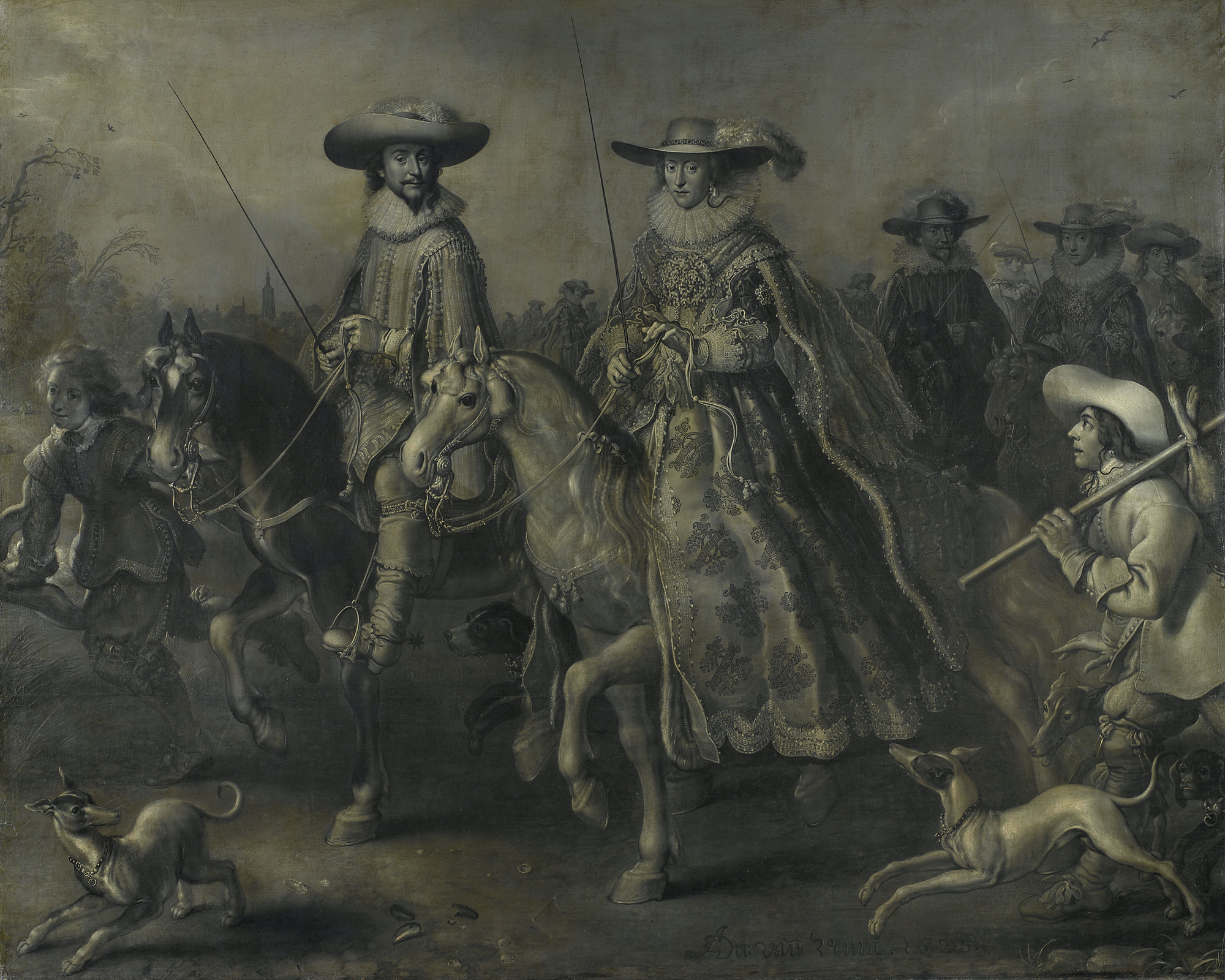
Though they had left the city behind them, there was the small matter of the enemy forces that were sure to give chase. Elizabeth’s retreat needed to be secured, the road behind her denied her pursuers.
The task fell to the young Count of Thurn:
wee were a mile from the Towne, the yonge Comte de Tour was returned backe, to assure the soldiours, & to dispute the passage of the bridge to secure the Queens retraite. He imbracte the Charge cheerfullly, & speakinge to the Queene in French, he recommended her to god, prayed that her Jorney might be safe, & her returne to that Towne triumphant, assured her that he wolde doe the worke he went for, or die to doe it, & he did it.[12]
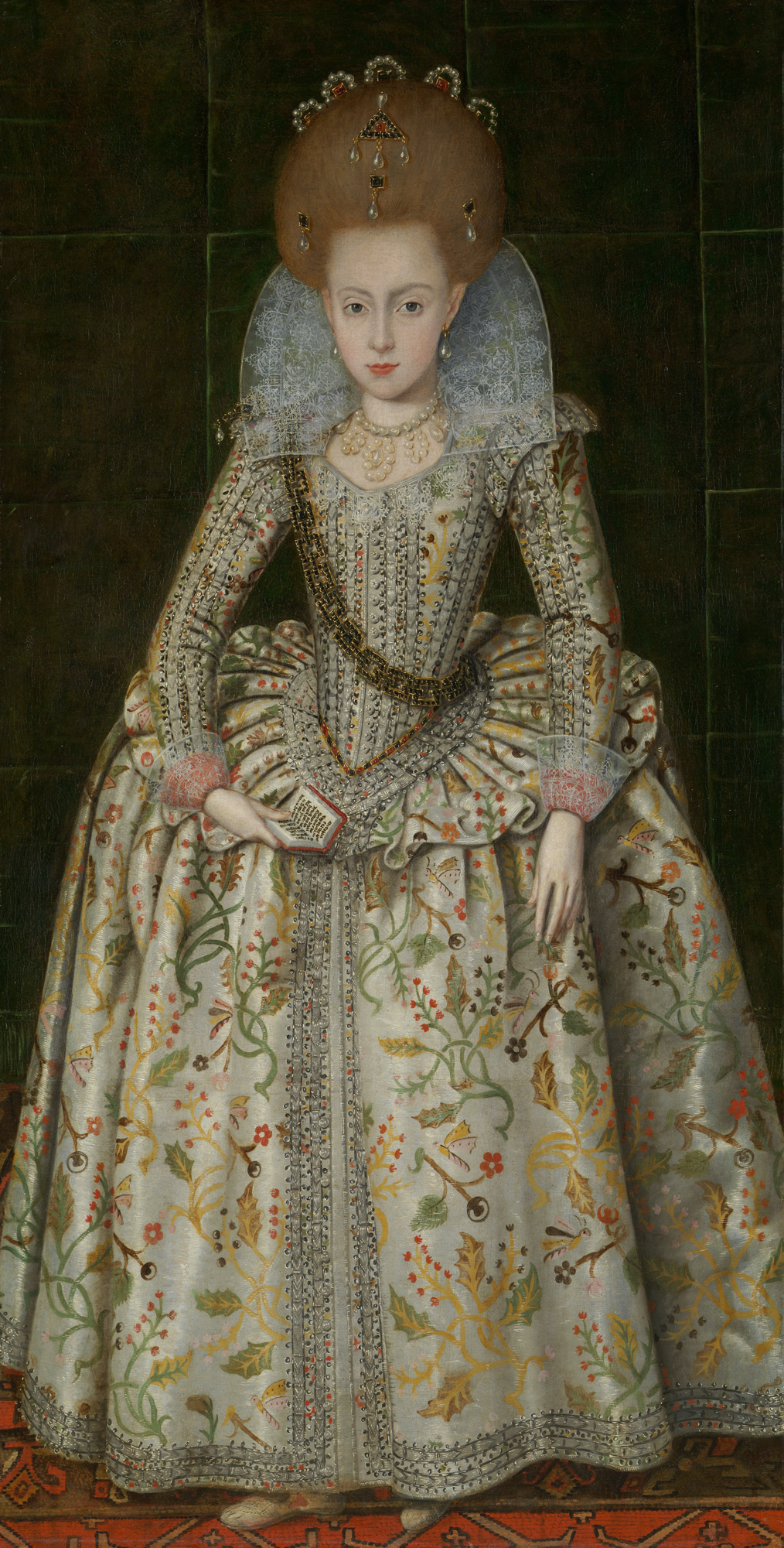
Conway and Weston were confident that a day’s journey would find the party at Nymburk, before which they would cross the River Elbe, which ‘did secure their retraite from all danger of a pursuinge Enemy’. As for their charges, they noted that, whereas Frederick carried himself ‘as well as coulde be lookte for, in such an unexpected change, & a man may say, totall disorder’, Elizabeth,
his incomperable Lady who truly saw the State shee was in, did not lette fall herselfe belowe the dignitye of a Queene, & kepte the freedome of her countenance & discourse with such an unchangeable temper, as at once did raise in all capable men this one thought, that her minde coulde not be brought under fortune.[13]
It was not Frederick but Elizabeth who held the party together as they pressed on to Nymburk, where they rested for a few hours before heading to Silesia the next morning. Conway, Weston, and Nethersole returned to Prague within the week, however: the ambassadors to ransom the prisoners taken by the Duke of Bavaria; Nethersole presumably collecting his secretarial archives.
In a gesture that perhaps typifies the gentlemanly manner in which the entire conflict was conducted, unless you happened to be a foot soldier or found yourself in the heat of battle, Bavaria advised Conway and Weston that their return to safer territories would be easier via Saxony, and provided an escort of one hundred horse to prevent any altercations with Bucquoy’s mutinous troops.[14]
Meanwhile, the main party planned to pass through Pressburg, where Bethlen Gabor’s forces were concentrated, while a smaller group purposed, ‘if the Queens state of body, beinge with childe, wolde beare it, to convey her to her Aunte of Brunswicke [Elisabeth of Denmark in Wolfenbüttel] there to be delivered’.[15] On moving towards Breslau, the party realized that not only had the river failed to hamper the enemy’s pursuit, but the slow moving baggage train was also attracting unwelcome attention: ‘the Queene had some wagons of hers pillaged by some of their own men by the way.’[16] The carriages were abandoned, and the party continued their journey on horseback. A nineteenth-century annotation to a letter Elizabeth received not long after the incident adds that ‘the Queen placed herself on horseback behind Ralph Hopton […] and thus they escaped’.[17] If we are to believe the printed marginalia in a 1668 biographical account of Lord Hopton, ‘he carried the Queen of Bohemia behind him, after the sad battel of Prague, miles’. As Elizabeth hunted deer with a crossbow and speared boar from horseback like a true Amazon while eight months’ pregnant [18], we might conclude that she was not in need of Hopton’s protection, so we can only presume that until this point in the journey she had been riding in a carriage and that there were no spare horses.
Conflicting Reports
The first letter Elizabeth wrote to her father after the Battle of Prague was from the safety of Breslau, on 23 November. In it, she stated that she would never abandon her husband: ‘I am resolved never to leave him for if he perishes I too will perish with him.’ Frederick, meanwhile, was assembling the Silesian and Moravian princes in the hope of securing their allegiance. News travelled quickly, and Maurice of Nassau sent Elizabeth a letter commiserating with her on the loss of Prague, rejoicing at her escape, and expressing his hope that he would see her ‘return in triumph to the said town of Prague with the help of your good friends, before a year has passed’.[19]
Whether Maurice’s undated letter found Elizabeth is unclear, as Frederick considered Breslau too dangerous for his pregnant wife, and, while awaiting permission for her to travel to Wolfenbüttel, had sent her to Küstrin with an escort of sixty horse. Elizabeth appeared to have both understood and underestimated the importance of White Mountain, telling Carleton that ‘I am not yet so out of hart, though I confesse wee are in an evill estate […] God will give us againe the victorie, for the warres are not ended with one battaile, & I hope wee shall have better luck in the next’.[20] Not long afterwards her son Frederick Henry, not yet 7 years old, would write a touching letter to Elizabeth from Leeuwarden addressed merely ‘to the queen’:
The Duchesse [of Nassau-Dietz] is brought to bed of a litle daughter, and I saw her when she was but halfe an houre old. She was very litle, and I thinke I was once so litle too. I heard Prague was taken, but I hope it is not true: for I pray every day for Your Majesties prosperie.[21]
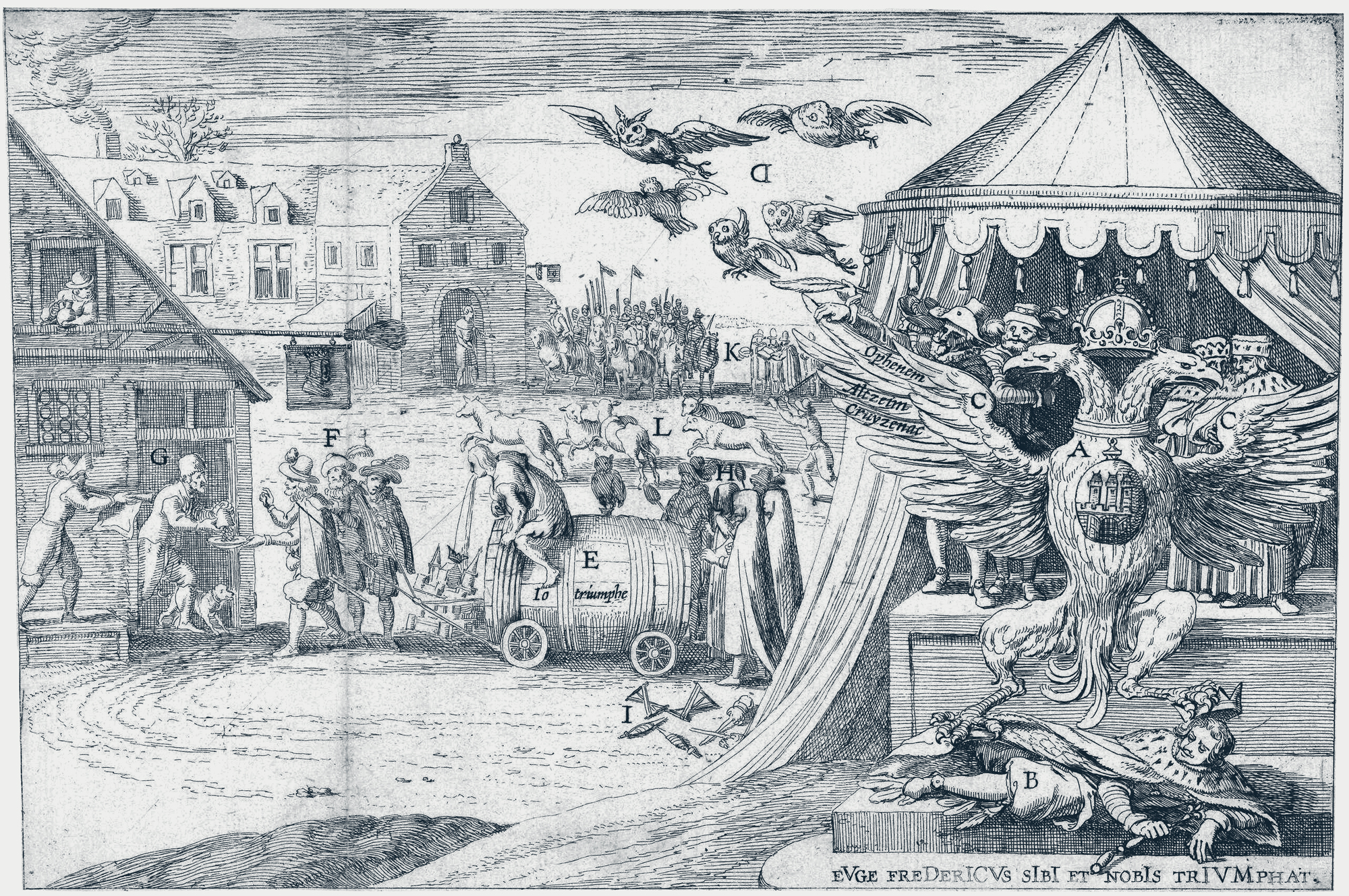
When even Elizabeth’s son was unsure of Prague’s fate, it is no surprise that rumours appear to have arisen spontaneously, independent of the formal propaganda being produced in the Spanish Netherlands: in Antwerp, engravings of Elizabeth’s ‘hearse and funeral procession’ were on sale [22], and there were reports that her child had been stillborn, or even that she had died in childbirth.[23]
The post was unreliable at the best of times, and Elizabeth’s letter to Carleton had been sent in the depths of winter and wartime. It is unclear when Carleton received it, but he certainly had not by early January, when he was shown another reporting the deaths of both mother and child on the road from Breslau to Berlin. The letter he wrote to Nethersole two days later betrayed his world-weariness:
There are so many ill spirits in the world to cause ill newes that I hope this is but a presumption of what might happen: but this unluckie yeare with woemen in Child-bed, and no lesse fatal in veryfying all sad and disastrous accidents would much more affright me, but that I am confident God doth reserve her for some great goode.[24]
The disinformation and rumour-mongering confused those who ought to have been taking decisive action ■

1. This account is derived from Wilson, Europe's Tragedy, 299-307.
2. Johann Philipp Abelinus and Matthaeus Merian, Theatrum Europaeum (Frankfurt am Main: Daniel Fievet, 1662), 400-12, as translated in Helfferich, The Thirty Years War, 49.
3. 'A Relation of the manner of the losse of Prague by an English Gentleman there & then present', 21 November 1620, Old Style, BL, Harley MS 3389, fos 281–4 at fo.I.
4. 'A relation of the Battle of Prague and the Consequences of them written by Lord Conway then Ambassador there', BL, Harley MS 1580, fos 281-4 at fo. 281.
5. Anhalt's son and namesake was not released until 1624, when negotiations secured a pardon from the Emperor: see Wilson, Europe's Tragedy, 306, 315.
6. 'A relation of the Battle of Prague [...]', BL, Harley MS 1580, fos 281.
7. 'A relation of the Battle of Prague [...]', BL, Harley MS 1580, fos 281.
8. Nethersole to Naunton, 26 October 1620, Old Style, Prague, INA, SP 81/19. fos 133".
9. A relation of the Battle of Prague [...]', BL, Harley MS 1580, fos 281.
10. Krüssmann, Ernst von Mansfeld, 239; Groenveld, König ohne Staat', 168.
11. Pursell, Winter King, 107-14; Lockhart, Denmark in the Thirty Years' War, 87; Murdoch, Britain, Denmark-Norway, 52-3; Polisensky, 'A Note on Scottish Soldiers', 112.
12. 'A relation of the Battle of Prague[...]', BL, MS Harley 1580, fos 281-282.
13.' A relation of the Battle of Prague [...]', BL, MS Harley 1580, fo. 282.
14. Conway to Carleton, [n.d.] November 1620, Dresden, TNA, SP 81/19, fos 219-20.
15. 'A relation of the Battle of Prague [...]', BL, MS Harley 1580, fo. 282.
16. Sir Dudley Digges to Carleton, 11/21 December 1620, no place given, INA, SP 84/98, fo. 12I'.
17. See note attached to Christian IV to Elizabeth, 22 August 1621, Copenhagen, CES i. 319 (no. 236).
18. Lloyd, Memoires of the lives, 342. Lloyd, the author (b. 1635), attaches his note to the sentence that Hopton, then an ensign, was 'practising himself in the Palatinate as Captain', after some time 'exercising himself in the Low- Countreyes, the then Nursery of English Gentry'. Hopton must have therefore abandoned his fellow soldiers in the Palatinate, presumably the Upper Palatinate bordering on Bohemia, to come to the aid of Elizabeth and his sister Abigail, one of her maids of honour.
19. Schomberg to James, postscript, IS November 1613, Friedrichsbühl, TNA, SP 81/12, fo. 248".
20. Elizabeth to James, 13/23 November 1620, Breslau, CES i. 280 (no. 203).
21. Maurice to Elizabeth, [between 8 November 1620 and December 1620, New Style], no place given, CES i. 278 (no. 202).
22. Elizabeth to Carleton, 27 November 1620, Old Style, Frankfurt an der Oder, CES i. 285 (no. 208). Cf. her letters written two days later to Sir Edward Herbert, Charlotte Brabantina, and Henri III, Duke of Trémoille (nos 209-11).
23. Frederick Henry to Elizabeth, 28 November 1620, Old Style, Leeuwarden, private collection, Christoph Mathes.
24. Green, Elizabeth, 171, repeated, again without source, in Oman, Winter Oueen, 231.

Elizabeth Stuart: Queen of Hearts
OUP Oxford, 9 December 2021
RRP: £20.00 | 613 pages | ISBN: 978-0199668304
Elizabeth Stuart is one the most misrepresented - and underestimated - figures of the seventeenth century. Labelled a spendthrift more interested in the theatre and her pet monkeys than politics or her children, and long pitied as 'The Winter Queen', the direct ancestor of Elizabeth II was widely misunderstood. Nadine Akkerman's biography reveals an altogether different woman, painting a vivid picture of a queen forged in the white heat of European conflict.
Elizabeth Stuart, daughter of James VI and I, was married to Frederick V, Elector Palatine in 1613. The couple were crowned King and Queen of Bohemia in 1619, only to be deposed and exiled to the Dutch Republic in 1620. Elizabeth then found herself at the epicentre of the Thirty Years' War and the Civil Wars, political and military struggles that defined seventeenth-century Europe. Following her husband's death in 1632, Elizabeth fostered a cult of widowhood, dressing herself and her apartments in black, and conducted a long and fierce political campaign to regain her children's birthright - by force, if possible - wielding her pen with the same deft precision with which she once speared boars from horseback. Through deep immersion in the archives and masterful detective work, Akkerman overturns the received view of Elizabeth Stuart, showing her to be a patron of the arts and canny stateswoman with a sharp wit and a long memory.
On returning to England in 1661, Elizabeth Stuart found a country whose people still considered her their 'Queen of Hearts'. Akkerman's biography reveals the impact Elizabeth Stuart had on both England and Europe, demonstrating that she was more than just the grandmother of George I.
“A remarkable piece of historical detective work. . . . Now, thanks to this groundbreaking book, the result of years of meticulous research and expert analysis, Kendrick’s role as one of the great spymasters of the twentieth century can be revealed.”— Saul David, Daily Telegraph
"Fry has done a remarkable job of reconstructing the life, networks and secrets of a man who spent most of his existence hiding them."
– James Own, The Times

Nadine recommends:
⇲ Battles of the Thirty Years War: From White Mountain to Nordlingen, 1618–1635 by William P. Guthrie (Praeger; 1st edition October 30, 2001)
⇲ The Thirty Years War: A Documentary History by Tryntje Helfferich (Hackett Publishing Company, Inc.; UK ed. edition, March 15, 2009)
⇲ Europe's Tragedy: A History of the Thirty Years War by Peter Wilson (Penguin UK; 1st edition, August 24, 2010)
‘A relation of the Battle of Prague and the Consequences of them written by Lord Conway then Ambassador there’, (British Library, Harley MS 1580, fos 281–4)
Illustrative material for this excerpt is not necessarily included in the book.
Also Featured On
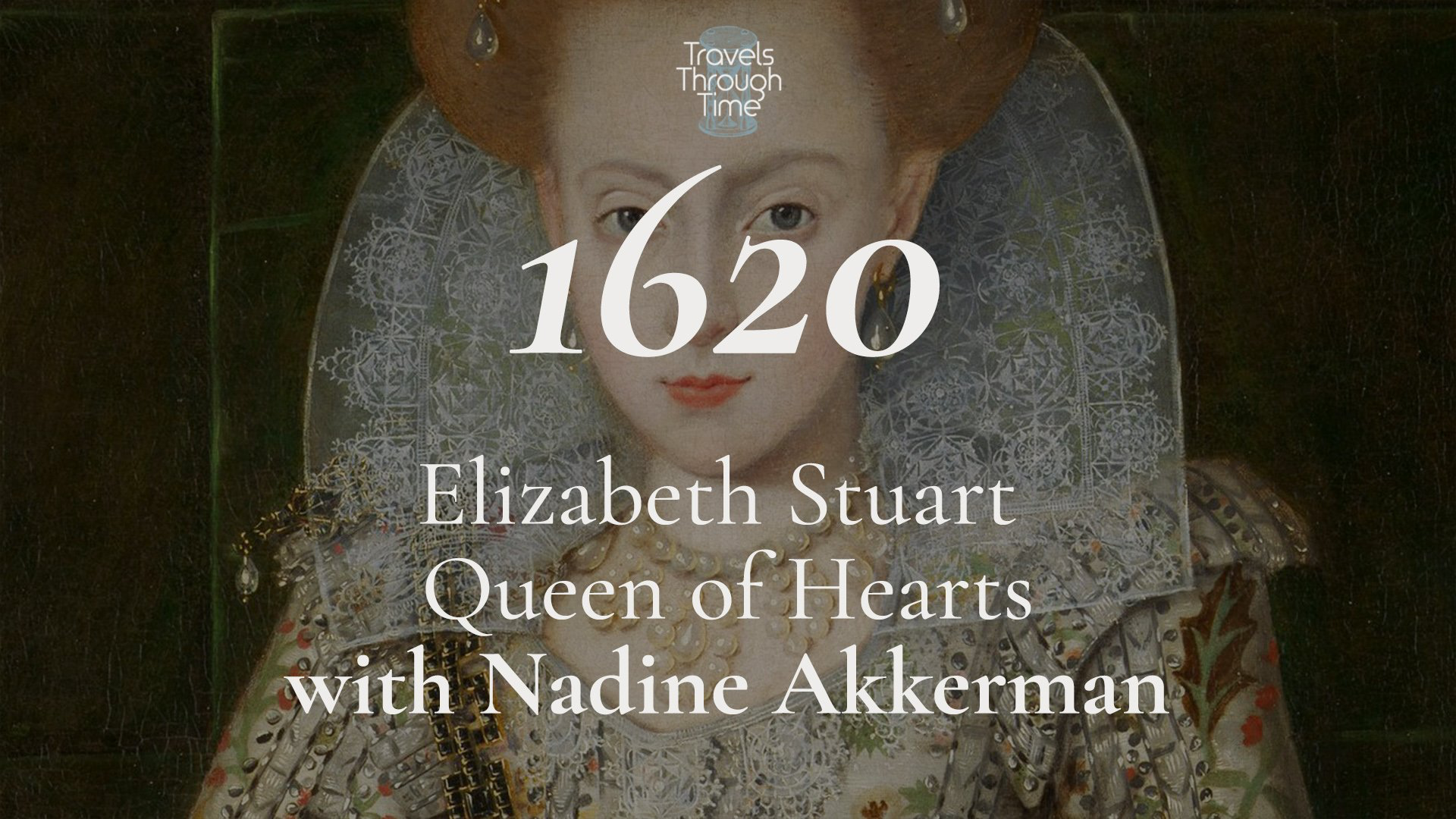
Travels Through Time Podcast: Elizabeth Stuart Queen of Hearts with Nadine Akkerman (1620)

Additional Credit
With thanks to Anna Silva and Oxford University Press, Artemis Irvine and Peter Moore. Author photograph © Rob Blackham.

